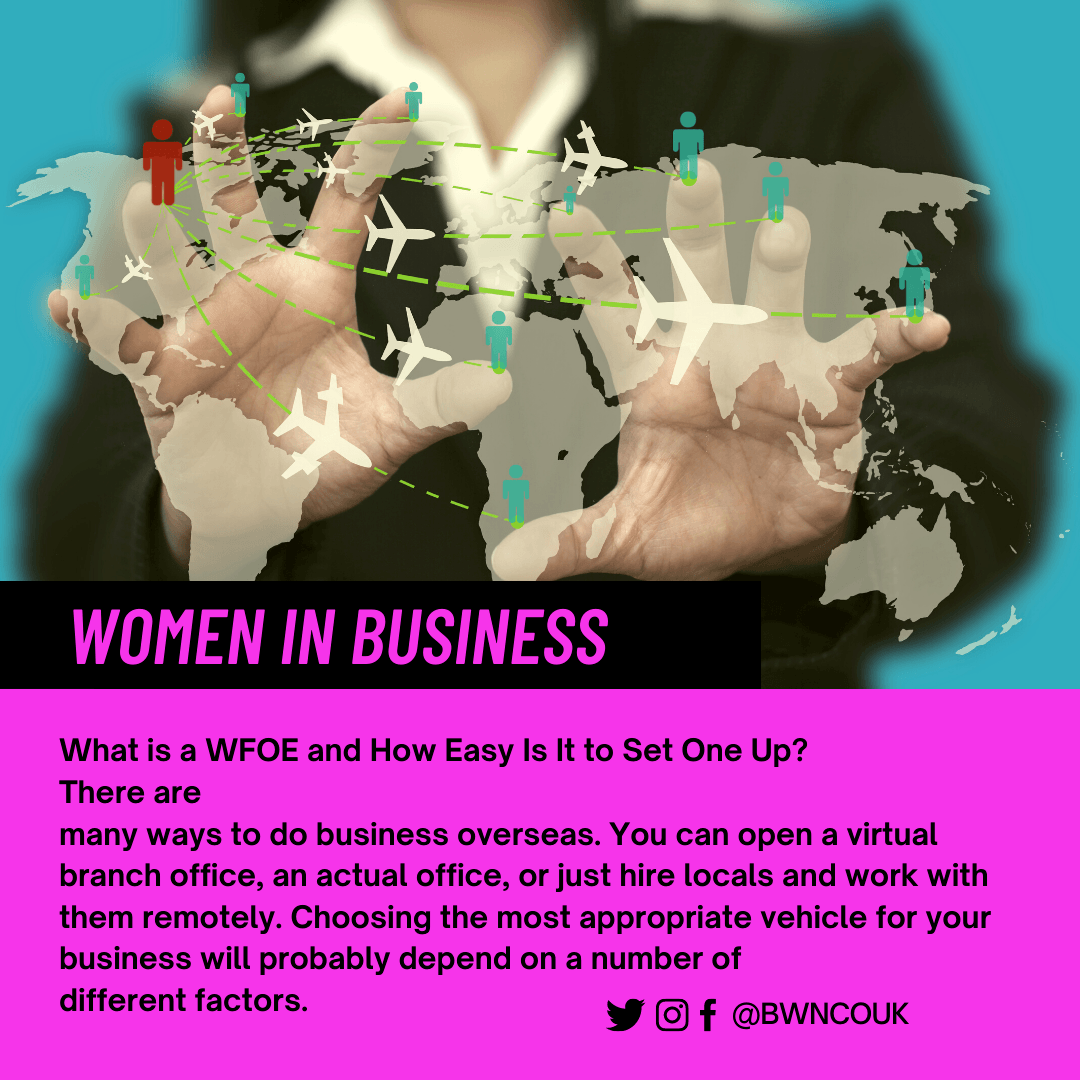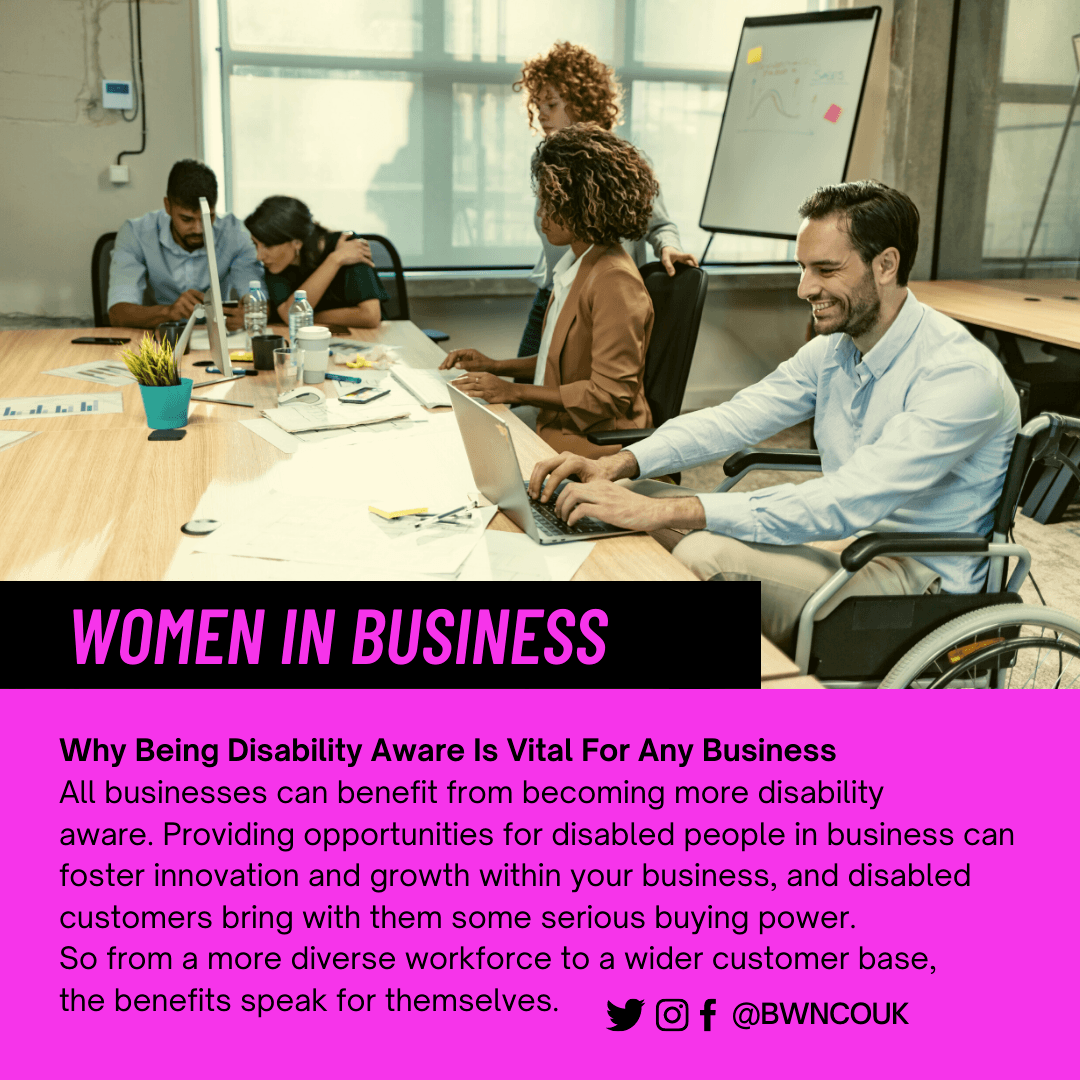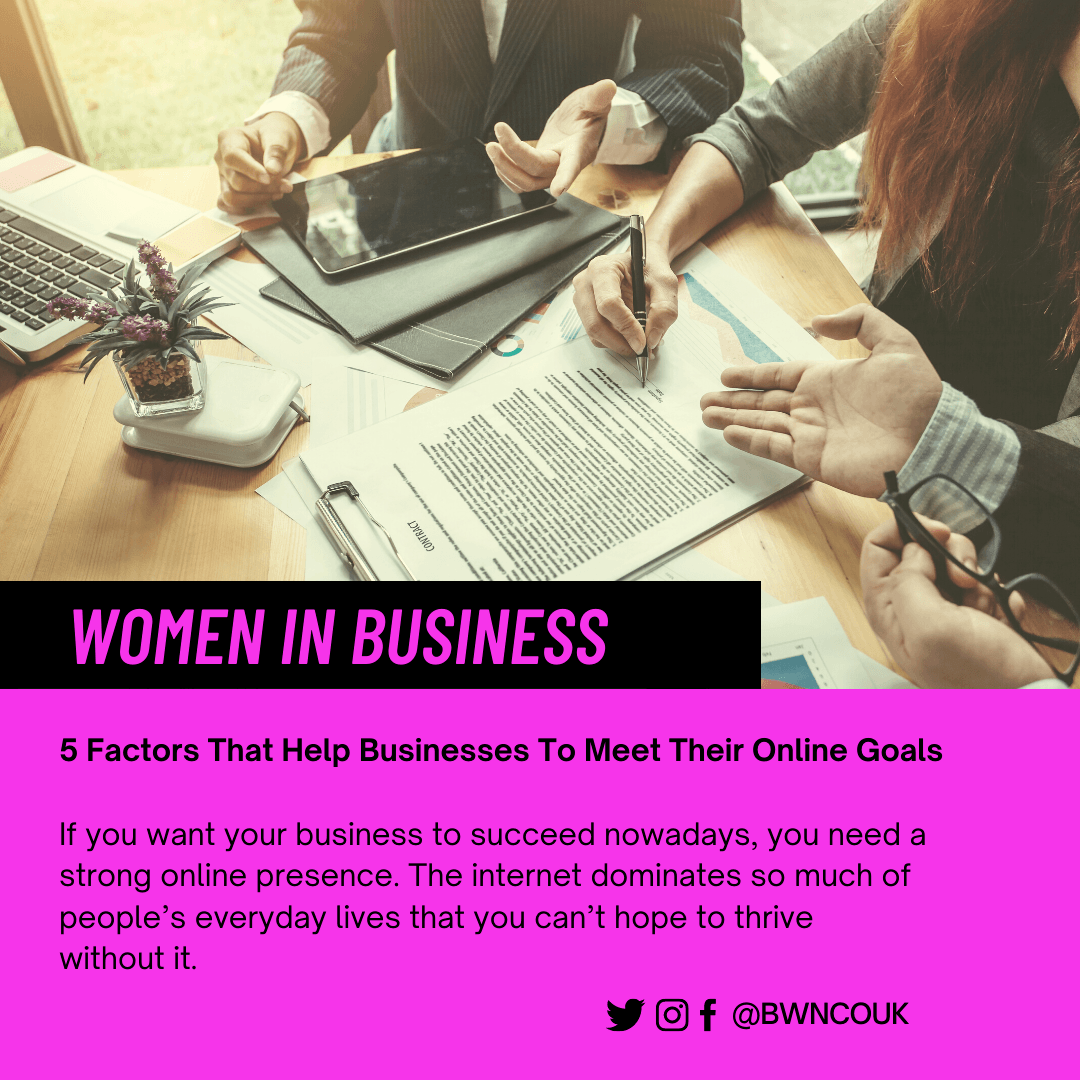Here’s Why It’s Definitely Time To Let Go Of The Office
Given how elastic the notion of time has become in 2020, you’d be forgiven for thinking that it’s only been a month or two since most of us started working from home (or that it’s been twelve years, for that matter). However, it has now been at least nine months since most of us packed up our laptops and grabbed our desk plant and headed for home to convert the corner of the living room by the best window into our new work station. As such, as we prepare ourselves to face whatever’s next in 2021, it’s important to commit to this new normal as best we can, which is why it’s time to finally give up that office space.
Things Are Going To Be Uncertain For A While Longer
Just because the vaccine has started rolling out, doesn’t mean that we’re going to be back to how things used to be by the end of January. If there’s one thing we’ve learned in 2020, it’s that there is a limit to how much we can control, and rolling lockdowns and tier changes, not to mention the never-ending uncertainty over Brexit, are going to continue to be part of our lives for a while longer. If you’re holding on to expensive office space because you’re expecting a quick change in the new year, we would recommend that you save yourself a lot of time and worry by cutting it loose.
You Don’t Have To Say Goodbye To All Your Equipment
For business owners, giving up office space can feel a little like an admission of defeat. After all, taking space for your own company is a bold statement, a declaration that you mean business and you’re here to stay. Parting ways with it doesn’t have to mean that you’re giving up on the idea of ever having your own office space again, it can just be a way of hitting pause ahead of a reset. You don’t have to figure out how you’re going to get rid of the boardroom table, or what you’re going to do with all the expensive equipment. You can simply look into some cost-effective storage solutions. A quick search for say, self storage Stockport, will show you that Easy Access Self Storage has locations near you with options specifically for businesses, and you can even turn your storage unit into a mini-office.
Your Employees Will Thank You
We’re not suggesting that your employees aren’t already thanking you. The fact that your business is still up and running is a major achievement in this year and we’re all lucky to still be working. However, in these times of great uncertainty, working from home has been a major boon to employees across the country. It’s been such a boon to be able to adjust working hours to help with family commitments, and some businesses have discovered that flexible working times have helped employees reach their full potential. Additionally, with the pandemic still in play, we’ve all slept a little easier knowing that we don’t have to run the risk of a busy commute. It’s a positive step for you, and it’s a positive step for them.
What is a WFOE and How Easy Is It to Set One Up?
There are many ways to do business overseas. You can open a virtual branch office, an actual office, or just hire locals and work with them remotely. Choosing the most appropriate vehicle for your business will probably depend on a number of different factors.
In many countries, it’s not possible to start a business without at least one of the directors being local. This can make life difficult, as it means ceding a percentage of control to someone you might not have a close relationship with. Unsurprisingly, a lot of people choose not to go down that route.
For anyone looking to do business in China, a Wholly Foreign-Owned Enterprise (WFOE) is the answer. This is a limited liability company 100% owned by a foreign investor, so you are in control. The WFOE came into fruition to aid manufacturing and technology companies to do business in China, but today, the WFOE is being used more and more by service companies and consulting firms.
A WFOE is a company set up in China. It doesn’t refer to foreign branches of a company located elsewhere. As the name suggests, a WFOE is owned solely by a foreign investor, with no capital contributed by a Chinese investor.
There are three main types of WFOE:
- Manufacturing
- Trading
- Consultancy
The Pros of a WFOE
There are some unique advantages of setting up a WFOE. These include:
- The application process is relatively simple for consulting WFOEs, but less so for a manufacturing WFOE.
- You have complete control of what the company does, as well as hiring and firing, and you don’t need to consult any Chinese partners before making operational decisions. This enables much greater efficiencies in everyday business processes, as well as in the future development of the company.
- All intellectual and technology property is protected when you incorporate a WFOE in China, which is useful when you consider that China is infamous for its abuse of intellectual property rights and technology expertise.
- If your business is in manufacturing, you won’t need a special import/export license for any products you manufacture.
- Long-term licenses are available – up to 30 years.
- You can purchase and build property in China.
The Cons of a WFOE
There are very few disadvantages to setting up a WFOE in China, but the two that are worth noting are:
- You are limited to specific business categories with WFOEs, so it might not suit your business model.
- A WFOE is subject to Chinese business taxes.
- Manufacturing WFOEs need permission from several trade bodies before they can operate.
Setting Up a WFOE
It can be tricky to set up a WFOE, as each district is free to interpret the Ministry of Commerce rules to their own advantage. GlobalizationPedia has more information on setting up a WFOE in China. Their guide tells you how to register a WFOE, as well as the main issues to expect.
A WFOE is the most popular business structure for foreign investors hoping to enter lucrative Chinese markets, but it’s important to seek expert advice before you do anything concrete.
Why Being Disability Aware Is Vital For Any Business
All businesses can benefit from becoming more disability aware. Providing opportunities for disabled people in business can foster innovation and growth within your business, and disabled customers bring with them some serious buying power.
So from a more diverse workforce to a wider customer base, the benefits speak for themselves.
The Purple Pound
With more than 7 million adults in the UK living with a disability, many businesses are missing out on the power of what’s known as the purple pound – that is, the buying power of the disabled population.
The spending power of the purple pound is estimated at around £2.74 billion – and many businesses are missing out on this entirely due to a lack of accessibility.
Making your shop or website accessible can open your business up to a huge pool of new customers. Many businesses have started to do this with innovations like autism-friendly hours at supermarkets, where lights and music are dimmed to allow for a more calming peaceful shopping experience. Adapting your business with measures like wheelchair-friendly ramps, text to speech functions on websites, and Braille signage can really improve the experience of a disabled customer.
There are countless other ways you can adapt your business to help disabled people, and many are not going to require a huge budget – and for those that are, there are many government grants available to businesses who wish to make their accessibility truly top notch.
Casting A Wider Net For Talent
It goes without saying that the wider pool of candidates for a job within your business you have, the more chance you have of ensuring that you find the best person for the job.
Making sure that your business is disability friendly is key to accessing that wider pool of jobseekers. Knowing that you have the accessibility for any potential disabled employee will mean that nothing is standing in the way of you giving the job to the most qualified person.
There is plenty of help out there for businesses wanting to improve their places of work to make them accessible to everyone. There are also plenty of resources out there to help you connect with disabled candidates like Careers With Disabilities. They also have great information on the benefits and funding available for businesses wanting to support disabled workers.
Tackling Double Discrimination
As women in business, we have all struggled with discrimination of some form over the years. This impact is felt even harder by women with disabilities. This has been described as the double discrimination gap.
The intersection between gender and disability discrimination is particularly felt among disabled women. They are more likely to be marginalised than their male counterparts, particularly economically. There has been a movement to change this economic gap but businesses need to do their part to bring about change.
It is well known that businesses with more women thrive with much better innovation, problem-solving, and inclusivity. Making your business accessible to disabled women can make a huge difference in the fight to make the world a fairer place for all.
5 Factors That Help Businesses To Meet Their Online Goals
If you want your business to succeed nowadays, you need a strong online presence. The internet dominates so much of people’s everyday lives that you can’t hope to thrive without it.
Of course, not everyone is familiar with how to market a business online, and many companies struggle to stand out on such a crowded platform. If you’re having difficulty making your mark online, or you need some ideas on where to start, these are the essentials you should be focusing on.
Social Media Presence
A decade ago, a strong social media presence might not have been essential for a business to succeed. Now, though, it can make all the difference in the world. Given that billions of people use social media, there’s no greater way to reach your audience than through sites like Facebook, Twitter, and Instagram. Which of these is best for you depends on both the type of business you run and the online habits of your consumer base. Once you’ve worked out where is best to market, you need to focus on publishing regular content that’s engaging and informative. If you succeed in doing that, your online presence should soar in no time.
Search Engine Optimisation
There are plenty of ways that you can reach potential customers online, with search engine optimization, or SEO, being one of the best. By making certain changes to your content and website, you can improve your ranking in search engines, meaning you’ll appear higher in search results. It’s an excellent way to get organic traffic for your site. If you’re not sure how to go about doing this, YostratO can offer plenty of help with their SEO services. They promise to increase search engine performance and website traffic with their tailored packages, meaning you can maximise your growth potential.
Eye-Catching Website
Typically, if someone looks at your website, it’s either because they’ve heard about your services elsewhere, or you came up as a suggested result during an online search. Either way, these potential customers are interested in what you offer, but they’ve not decided yet whether they want to give you their money. Your website can effectively determine that for them, which is why it must be well-designed. Something that’s hard on the eyes or which looks unprofessional will turn people away instantly. Good things to consider are clear, eye-catching fonts, colours that complement each other (and preferably relate to your brand), and plenty of images. Ensuring that the layout works on mobiles and tablets, as well as computers, is also essential.
Online Interaction
While being on social media is essential for any business in the modern age, it’s not enough to simply post content every day. You also need to interact with people on these platforms to keep them engaged and show that you’re committed to them. If people ask you questions, respond to them quickly with as much information as possible. That goes for any kind of correspondence you receive from people, whether it be through social media, email, or your website. People value customer support, so failing to provide a high level of this won’t work in your favour.
Email Marketing
Some businesses believe that email marketing is no longer as useful as it once was. However, you shouldn’t count it out just yet, because it’s still a reliable tool for building loyalty with your customers. Through this form of marketing, you can offer people incentives like discounts or other perks that are exclusive to your emails. It’s a good way to ensure that more people read what you send them. Plus, it can help you to reach audiences who maybe aren’t as social media savvy as others. Just make sure that your emails are engaging, concise, and aren’t sent out too frequently. Otherwise, you risk pushing people away.
The internet is so saturated with content these days that making your business stand out can be tricky. If you persevere and apply these essentials, though, you shouldn’t have too much trouble establishing a successful online presence.
Landlords – your self-assessment guide
Landlords make money from renting out their property to others, and many are classed as sole traders. This means they will need to complete an annual Self-Assessment tax return form (which tells HMRC how much Income Tax they will owe on any earnings) and submit it before the 31st January deadline.
Whilst at first, this process may seem daunting, especially given how many changes there have been in property tax over the last few years. GoSimpleTax have several ways to make this process a walk in the park and they have supplied a guide to Self-Assessment tax returns for landlords below…
What tax do landlords need to pay?
Landlords must pay Income Tax on any profits made from their rental property. The amount of tax you pay will depend on your total taxable income. At present, the standard Personal Allowance is £12,500, meaning you do not have to start paying tax until you earn £12,501. However, you do not get a Personal Allowance on taxable income exceeding £125,000.
If you pay Income Tax at the basic rate (that is, your taxable income is between £12,501 and £50,000), you will have to pay 20% of it in tax, while higher rate taxpayers with income between £50,001 and £150,000 will have to pay 40%. If you earn more than £150,000 per tax year, you will have to pay Income Tax at the additional rate of 45%.
Please bear in mind that tax laws change, and it is important that you keep abreast of these.
Are there any other allowances?
Back in 2017, the government announced a new property allowance for property income. This is a tax exemption of up to £1,000 per tax year for landlords and individuals with income from land or property. If your income from property rental is between £1,000 and £2,500, you must contact HMRC.
You must also report it on a Self-Assessment tax return if your income from property rental is:
- Between £2,500 and £9,999 after allowable expenses
- £10,000 or more before allowable expenses
Changes to mortgage interest tax relief
Since April 2017, tax relief for mortgage interest and finance costs for higher-rate taxpayers have gradually been phased out through a 25% year-on-year reduction for four years. This means that, by 2021, landlords will get tax relief on these costs at the basic rate of 20%.
That means that, in 2021, 100% of your mortgage interest payments will be covered by this new 20% tax relief. You can find out more here.
How the Self-Assessment tax return process works
The Self-Assessment is a tax system that is used by HMRC to collect Income Tax from taxpayers.
There are two ways to file a tax return: online, or by downloading, filling in and sending a paper tax return form. HMRC will then calculate how much Income Tax you owe based on the income and expenditure you’ve reported.
To simplify matters, many landlords opt to use Self-Assessment tax software to smoothly and accurately complete their tax returns.
The key dates throughout the tax year
To submit your Self-Assessment tax return, you must be registered with HMRC by the 5th October following the end of the tax year. If you have rental income in the tax year ending 5th April 2020, for example, you will need to register as a landlord with HMRC by 5th October 2020.
The deadline for your online tax return would then be midnight on the 31st January 2021. If you would rather file a paper tax return, you must send it to HMRC by midnight on the 31st October 2020. You’d then pay any tax you owe on 31st January 2021 – regardless of the method you used to file.
HMRC will charge an automatic £100 fine if you fail to file your Self-Assessment tax return on time. You will have to pay more if it is later and you will also be charged interest on any late payments to HMRC. You can calculate your estimated penalty for late Self-Assessment tax returns and payments here.
You may also need to make an advance payment towards your next Self-Assessment tax bill (known as a payment on account) on the 31st January. You may also need to make a second payment on account on the 31st July. That being said, it is important to note that due to coronavirus (COVID-19), you could defer your second payment on account for the 2019/2020 tax year to the 31st January 2021 if you are:
- Registered in the UK for the Self-Assessment tax return, and
- Finding it difficult to make your second payment by the 31st July 2020 due to the consequences of coronavirus
Additionally, you can spread the payments due in January 2021 over 12 months, as long as the amount due is less than £30,000. However, HMRC will charge you interest if you use this facility. HMRC will issue more guidance on arranging this, but you can find out more here.
To avoid harm to your revenue stream in the long run, you should plan out your finances ahead of time.
INsiders receive a 10% discount off GoSimpleTax – Get started today and your discount code will be emailed to you.
Allowable expenses for landlords
As a landlord, you can deduct allowable expenses from your rental income once you work out your taxable rental profit. Your allowable expenses must be wholly and exclusively for the purpose of your rental property business. In other words, if an expense was not incurred for the property, you cannot deduct the cost from your rental income.
There are several types of expenses that you can deduct, including:
- Water rates, gas, electricity and council tax
- General maintenance and repairs to the property – improvements are not included
- Insurance – including contents, policies for buildings and public liability
- Cost of services that are part of the rental agreement, such as cleaners and gardeners
If you use your own car to visit and manage the property, you can also claim a flat rate of 45p per mile for the first 10,000 miles in the tax year. This rate is not affected by the number of vehicles used.
In order to take advantage of these allowable expenses, you must keep accurate records so that you can submit evidence of them should HMRC ask for it.
This is yet another reason why getting organised ahead of time is so crucial. If you keep your Self-Assessment tax return updated in real time (i.e. you update it with your income and expenditure information as soon as you receive it), then you have more time to look back over your receipts and determine whether they are allowable expenses.
Done right, the Self-Assessment tax return process can be simple, and it can also help you make tax savings.
About GoSimpleTax
GoSimpleTax software submits directly to HMRC and is the solution for self-employed sole traders and anyone with income outside of PAYE to log all their income and expenses. The software will provide you with hints and tips that could save you money on allowances and expenses you may have missed.
Trial the software today for free – add up to five income and expense transactions per month and see your tax liability in real time at no cost to you. Pay only when you are ready to submit or use other key features such as receipt uploading.





